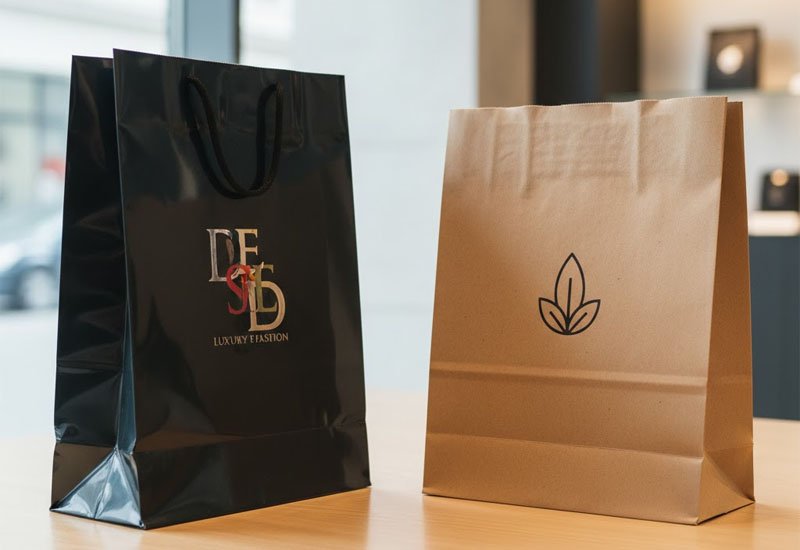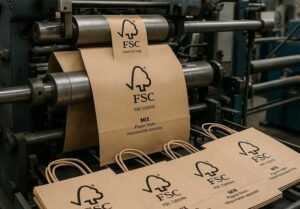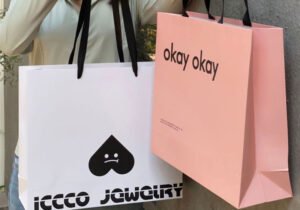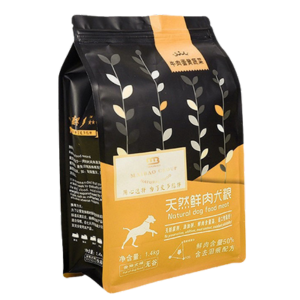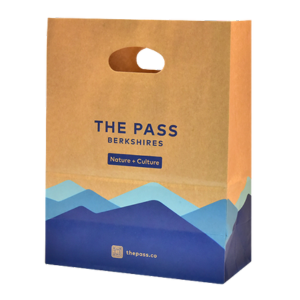Your brand is thriving, your products are flying off the shelves—but your packaging? That’s another story. Maybe your bags look dull, or your logo smudges when it rains. Worse, the bag rips before the customer reaches their car. You’ve likely heard these terms: coated and uncoated paper bags. Which one’s right?
Coated paper bags have a protective layer that enhances visual appeal and durability, making them ideal for premium branding. Uncoated bags, on the other hand, are eco-friendlier, have a natural texture, and often cost less. Your choice depends on your product type, branding goals, and customer experience.
Let’s break it down and help you make the smarter choice. No jargon. No fluff. Just what you need to know.
What Is Coated Paper, And Why Should I Care?
Coated paper is just like your regular paper bag—but with armor. It’s treated with a thin layer of materials like clay, polyethylene (PE), or biodegradable film.
This coating makes the surface smoother, glossier, and stronger. It also prevents ink from soaking in, so your printed designs pop—like a high-resolution photo.
Coated bags are common in industries where first impressions really matter—think luxury retail, boutique coffee, or cosmetics.
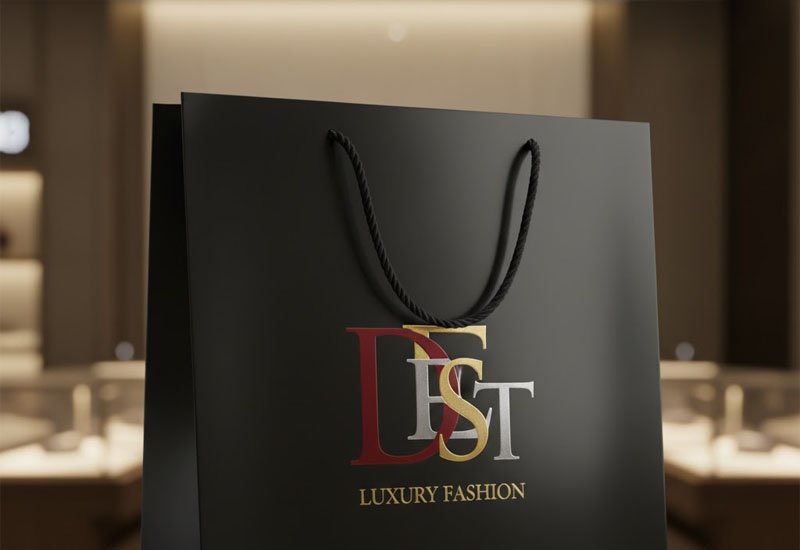
And What About Uncoated Paper Bags?
Uncoated paper is what I call the “raw deal”—in a good way.
There’s no added layer, which means the texture is more natural, rustic, and matte. It feels organic—literally and emotionally. People love it because it screams eco-conscious.
This type is widely used in food packaging, takeout bags, grocery, or brands pushing a natural, minimalist identity.
Plus, they’re easier to recycle, compostable, and usually a bit cheaper to produce.
So yeah—less sparkle, but more soul.
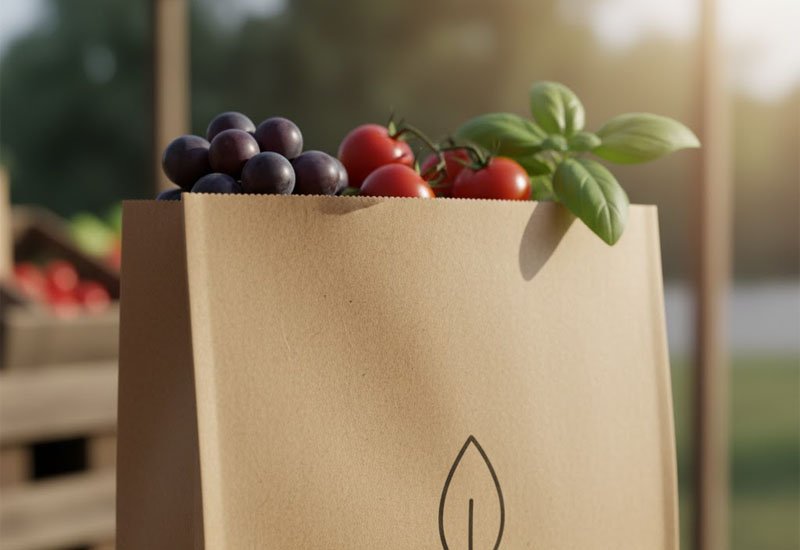
The Big Showdown: Coated vs. Uncoated Paper Bags
Let’s put them head-to-head where it matters most.
| Feature | Coated Paper Bags | Uncoated Paper Bags |
|---|---|---|
| Surface Finish | Smooth, shiny, luxurious | Matte, natural, organic |
| Ink Absorption | Minimal (vivid prints) | High (muted colors) |
| Water Resistance | Good (repels moisture) | Poor (absorbs easily) |
| Eco-Friendliness | Less eco unless using bio-coating | More eco (recyclable & compostable) |
| Cost | Higher | Lower |
| Ideal For | Premium, fashion, retail | Food, takeout, organic products |
Need data to back this up? Check packaging material comparisons here
How Do They Perform in Real-World Use?
If you’re Mike Baker—our typical food brand partner in the U.S.—you care about more than just looks. You care about functionality.
Coated Bags:
- Great when there’s risk of oil, water, or smudging.
- Can carry heavier items (thanks to enhanced tensile strength).
- Perfect for printing barcodes, QR codes, or high-res images.
Uncoated Bags:
- Often used in bakeries, sandwich shops, or organic grocery stores.
- They breathe—literally. Which is a huge plus for hot foods or items that trap steam.
- Better for ink stamps or handwritten labeling.
If you’re dealing with delivery apps or courier logistics, coated bags hold their shape better in transit. But if your brand is all about sustainability, uncoated’s got your back.
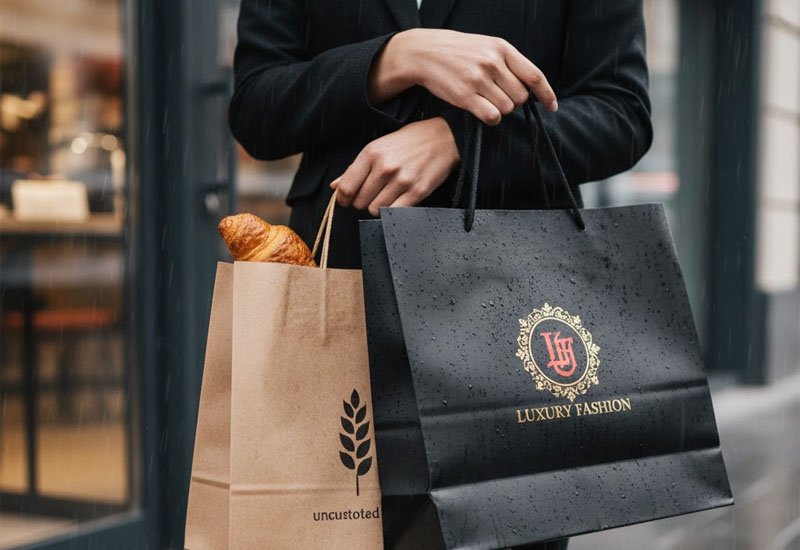
What About Customization and Branding?
This is where things get spicy.
Coated bags = billboard for your brand.
You get sharp logos, deep color saturation, metallic foils, spot UV, and embossing that sings. It’s like your brand is wearing a tailored Armani suit.
At GreenWing, we use advanced flexo and gravure printing techniques—and let me tell you, coated paper is a dream canvas. Your packaging becomes art.
Uncoated bags = authenticity.
The prints aren’t as punchy, but they’re real. You get that artisanal vibe, and the customer feels it. It’s the “I-shop-at-farmers-markets” energy.
Want to see what your logo would look like on both?
Request a free digital mockup
Sustainability: What’s the Greener Choice?
You already know what I’m going to say.
But let’s not oversimplify.
Uncoated bags are the green warriors. Fully recyclable, easier to break down in compost, and often made from post-consumer kraft paper.
Coated bags—unless using biodegradable or water-based coatings—can pose recycling issues. That glossy layer may need to be separated, which most municipal recycling centers don’t handle.
BUT! At GreenWing, we offer bio-coated alternatives that give you the shiny finish without harming the planet.
Win-win, right?
Sustainability trends in packaging: Explore industry data here
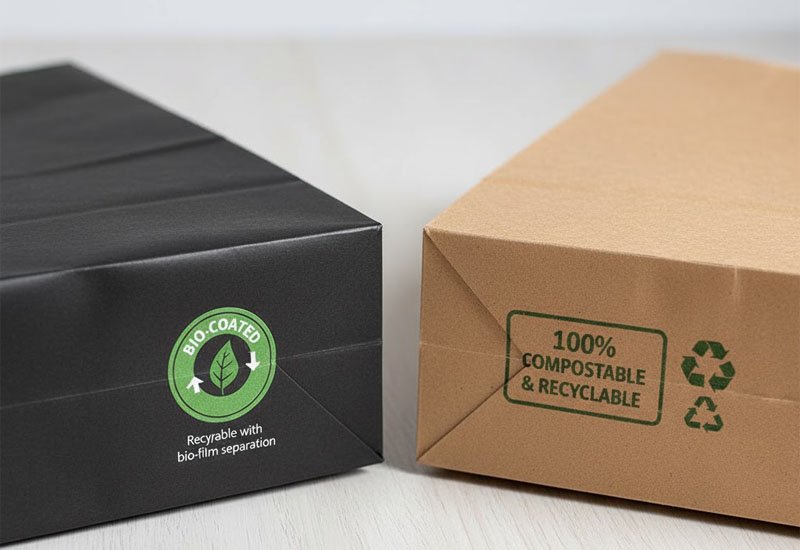
Cost & MOQ: Is It Worth the Investment?
Let’s talk numbers.
Coated bags are more expensive. That’s due to:
- Extra coating material
- Longer production time
- Specialized printing techniques
Uncoated bags are budget-friendly and faster to produce.
If you’re a startup or running short seasonal campaigns, this is the smarter route.
Minimum Order Quantity (MOQ) is usually higher for coated bags due to setup costs. But hey, if you’re working with GreenWing, I can probably pull some strings for you.
Want a quote comparison? Get a free cost estimate
More Questions You Might Be Asking
Can I get waterproof uncoated bags?
Technically yes—by adding a thin food-safe liner inside. But then, it’s not really uncoated anymore, right?
Is coated paper bad for the environment?
Not always. Traditional plastic coatings? Not great. But bio-degradable coatings? Thumbs up.
We offer both.
What’s the most common bag used in food delivery?
Uncoated kraft paper with inner PE lining or greaseproof paper.
That way you balance sustainability and function.
Do coated bags feel like plastic?
Only slightly. They’re smoother, but still clearly paper. And again—depends on the coating type.
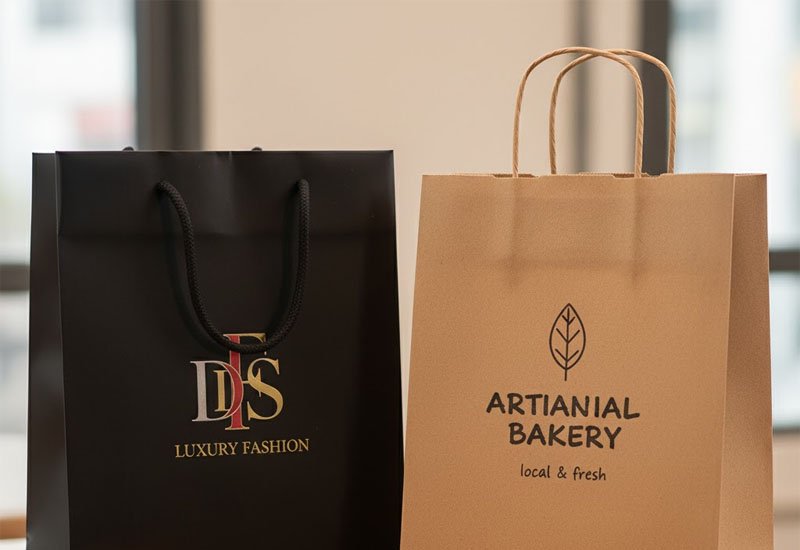
Conclusion
At the end of the day, both coated and uncoated paper bags have their place. It’s not a battle—it’s a balance.
If your brand is premium and appearance is king? Go coated.
If your identity is rooted in eco-consciousness and simplicity? Uncoated is your best friend.
Still not sure?
Let’s talk. I’ll help you decide like I’ve helped hundreds of global brands.

